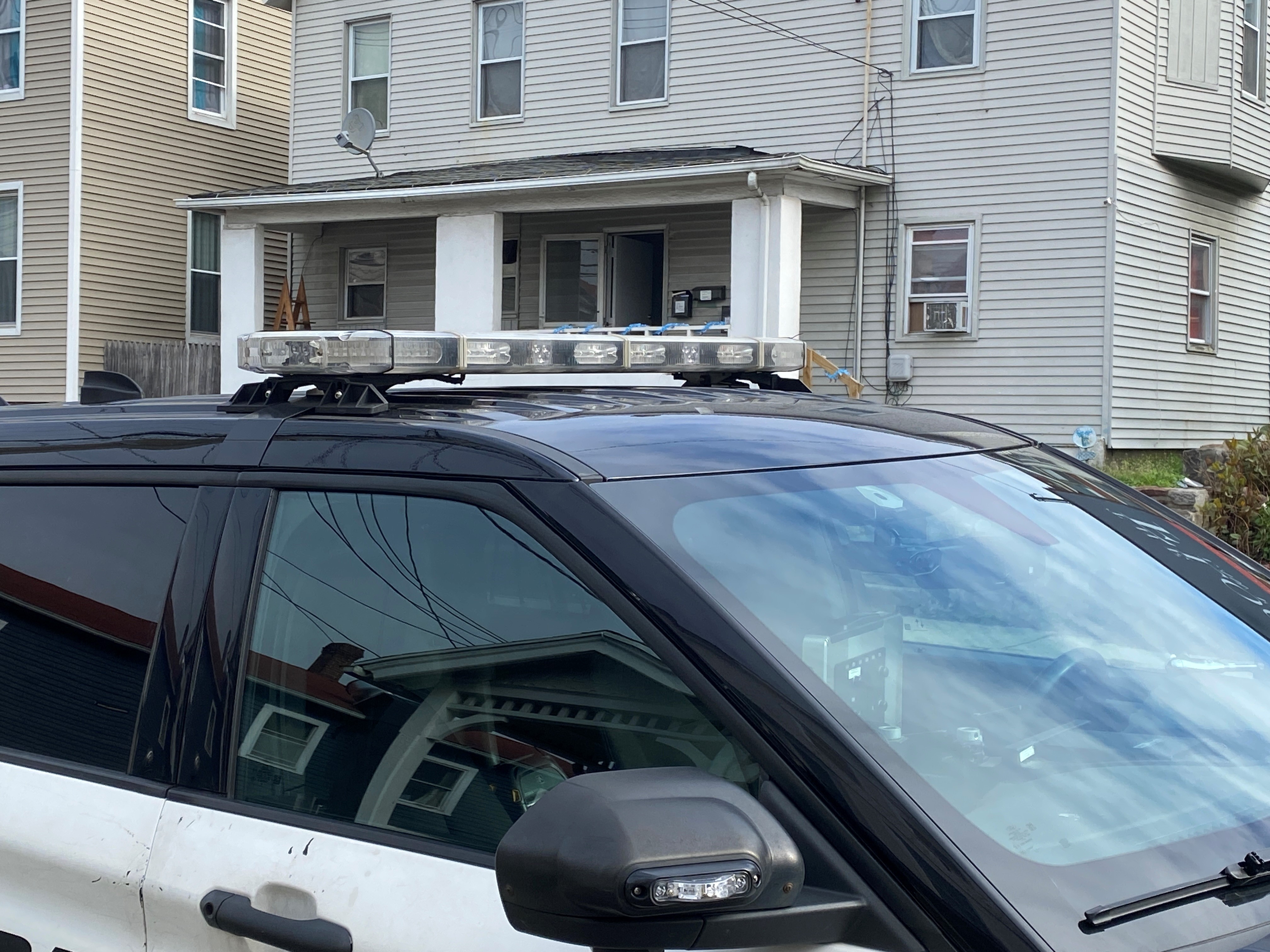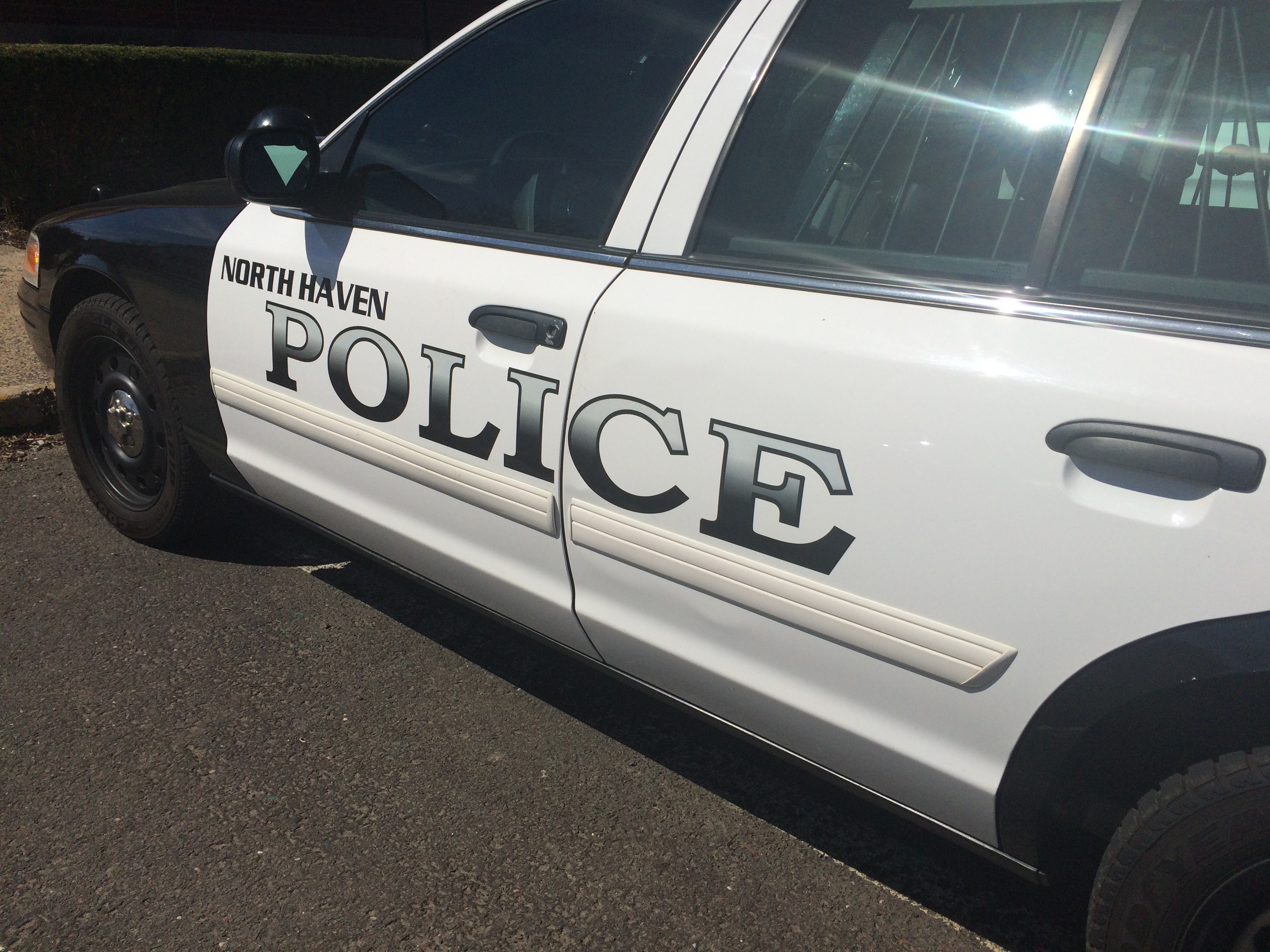Reduced to ash and charred timber, two homes lay in ruin on Beach Road West in Old Saybrook on Monday. While the Fire Marshall continues investigating the cause, firefighters recalled a quickly evolving scene as they battled the blaze on Friday.
“Shortly after I got there, it became turbulent black smoke and it became a wind driven fire,” said Old Saybrook Fire Chief Joe Johnson.
Old Saybrook supplied 52 firefighters and received mutual aid from several towns, which provided nearly 50 more.
Authorities said the wind was the biggest challenge. Gusts, up to 30 mph, stoked the flames, feeding the fire allowing it to grow stronger.
With wind whipping the flames from the beach toward firefighters on land, heat rose to intense levels.
“It really created like a blow torch effect that all the fire and smoke came right at us so we had to move out of the way,” added Johnson.
Adding to the difficulty, power lines fell creating dangerous conditions. Eversource was called to shut off power to the area. With power lines down, the fire fighting strategy changed, forcing firefighters to split into two separate scenes.
Local
“I had guys on one side of the power lines working off of another truck and my other guys working on the first house past the scene,” said Johnson.
While fire fighters on land fought to control the blaze, there was another crew off shore. A three man team operated the Old Saybrook fire boat, which battled the fire from the rough long Island Sound waters.
Oak Leaf Marina owner Scott Masse was among those on board and describes the conditions they were dealing with as “horrible.”
After making the five mile trip from the marina to the fire scene, the fire boat was getting knocked around by rough water.
“We were dealing with at least a 20 knot wind out of the west and we had four to six foot seas,” said Masse.
As waves crashed over the rear of the boat, those on board held steady, providing support those on land could not. While land crews struggled, fighting a head wind, those off shore had the wind at their backs. The wind enabled their water lines to reach a greater distance enhancing their ability to douse the flames.
Water supply was a challenge for those on land. Ten mutual aid tankers provided some water while the main water supply, on Route 1, was nearly a mile away. This was a disadvantage the boat did not have.
“We were pumping 1,500 gallons a minute with an unlimited water supply,” explained Masse.
Meanwhile two homes to the left and right of the destroyed homes, continue standing. While heavily damaged, those were saved and no one was harmed. A credit to the firefighters on both land and sea.



